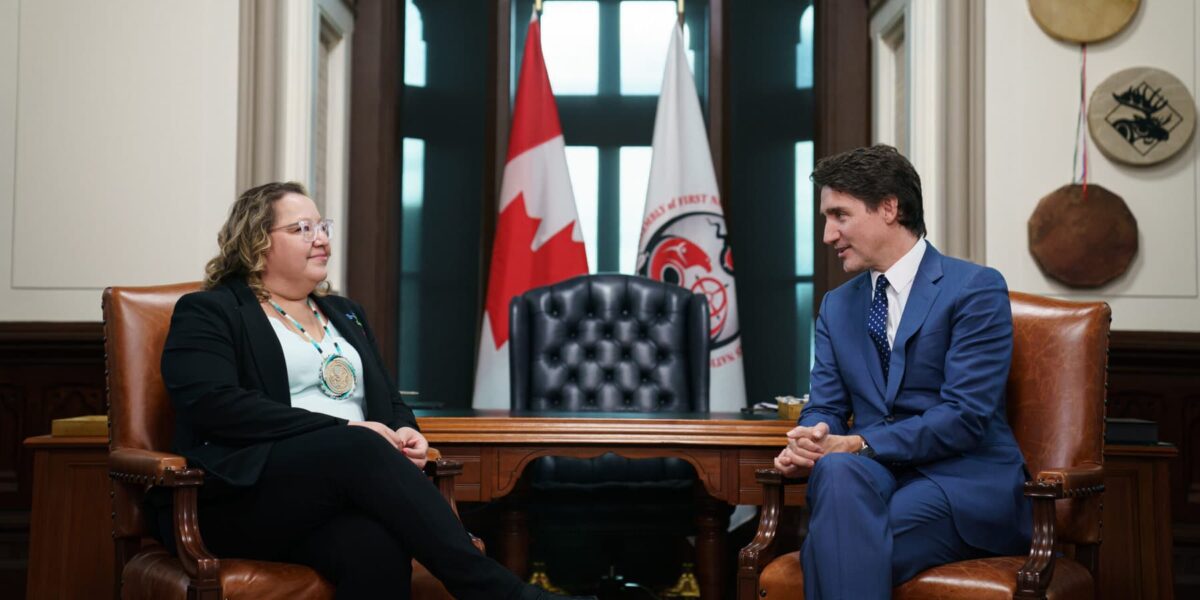The Assembly of First Nations (AFN) has released a report showing the amount of federal dollars needed to close the infrastructure gap in their communities by the year 2030.
According to the report, $350 billion would be needed to close the gap by the target year.
Research done by the AFN with support from Indigenous Services Canada shows that First Nations communities continue to lack key infrastructure supports – whether they be in the field of education, emergency services, long-term care, or basic infrastructure like access to clean drinking water.
Prime Minister Justin Trudeau promised to close the infrastructure gap by 2030, but the AFN report states that with current levels of funding, the goal of closing the gap could be delayed by as much as a decade.
In his mandate letter in 2021 to his Indigenous Services Minister, Trudeau stated that closing the infrastructure gap by 2030 was a priority.
“Failure to act will only widen the gap. Inaction will lead to soaring costs due to inflation and labour shortages, and will further deteriorate on-reserve community infrastructure, hindering the well-being of First Nations. Promises have been made and must now be kept,” said AFN national chief Cindy Woodhouse Nepinak.
First Nations infrastructure shows impacts of lack of funding
The AFN reports show not just the costs, but also the impacts of lack of funding for infrastructure in their communities.
There are 31 First Nations communities that continue to live under water drinking advisories, a fact that the AFN points out is not only a hazard to individual health, but also a hazard to the economic health of their communities.
READ MORE: New year, same poisoned water for Iqaluit residents
Without safe water, communities cannot install fire hydrants or other fire suppression systems, which alone could be a factor that leads to suppressed economic development.
This is connected to an overall lack of funding for emergency service infrastructure. The report states that Indigenous and First Nations children are 86 times more likely to die in a fire.
The impact of the lack of funding for infrastructure is evident in other areas as well. In education, the report found that less than half of First Nations living on reserve had a high school diploma by their early 20s, and only 10 per cent had a bachelor’s degree.
The costs and benefits of closing the gap
The bulk of the estimated $350 billion to close the infrastructure gap by 2030 would need to be spent on housing, at approximately $135 billion.
Other crucial items, like ending drinking water advisories in 31 First Nations communities would cost a mere $700 million by comparison.
The province most in need of funding to close the gap is BC, at nearly $60 billion. Atlantic provinces would need the least at a combined $12 billion.
The funding would have a positive impact on 637 First Nations communities with a combined population of over 400,000.
The AFN report also notes the cost of delay. According to the report, if delayed until 2040, the cost of closing the infrastructure gap could grow from $350 billion to over $527 billion.
“With the federal budget announcement expected next week, First Nations require dedicated, long-term investments to address the urgent and long-term needs of First Nations and improve the well-being of our communities. We need action now to prevent further delays and ensure a sustainable future for First Nations,” said AFN Newfoundland regional chief Brendan Mitchell.




